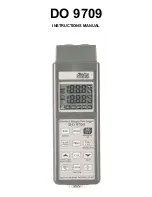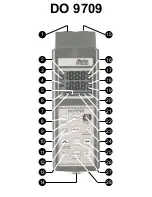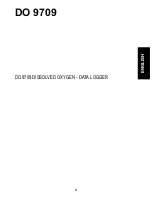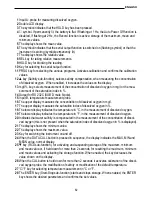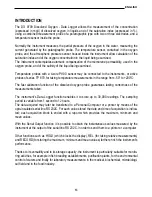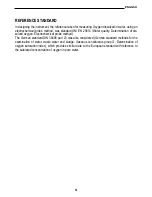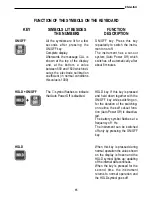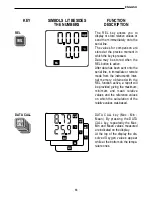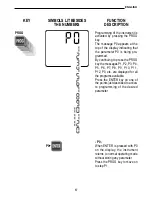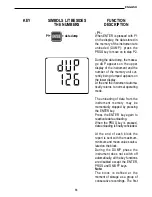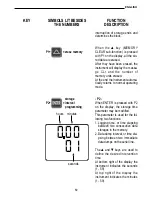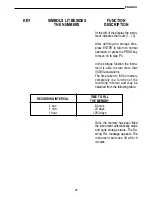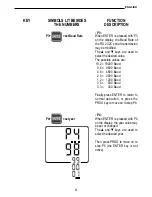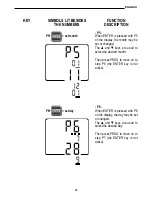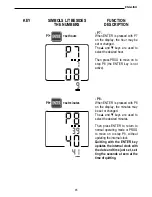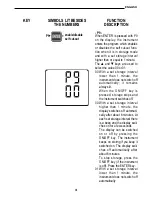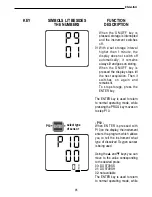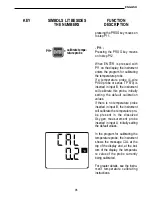
INTRODUCTION
The DO 9709 Dissolved Oxygen - Data Logger allows the measurement of the concentration
(expressed in mg/l) of dissolved oxygen in liquids and of the saturation index (expressed in %),
using a combined measurement probe of a polarographic type with two or three electrodes, and a
temperature sensor inside the probe.
Normally the instrument measures the partial pressure of the oxygen in the water, measuring the
current generated by the polarographic probe. The temperature sensor, contained in the oxygen
probe, and the atmospheric pressure sensor housed inside the instrument allow calculation of the
saturation index and of the oxygen concentration in the liquid being examined.
The instrument contemplates automatic compensation of the membrane permeability, used in the
oxygen probe, and of the salinity of the liquid being examined.
Temperature probes with a 4-wire Pt100 sensor may be connected to the instruments, or active
probes of series TP 870, for taking temperature measurements in the range from -50° to +200°C:
The fast calibration function of the dissolved oxygen probe guarantees lasting correctness of the
measurements taken.
The instrument's Data Logger function enables it to store up to 30,000 readings. The sampling
period is variable from 1 second to 12 hours.
The data acquired may later be transferred to a Personal Computer or a printer by means of the
opto-insulated serial line RS 232C. For each value stored the date and time of acquisition is indica-
ted; each acquisition block is ended with a report which provides the maximum, minimum and
mean values.
With the Serial Output function it is possible to obtain the instantaneous values measured by the
instrument at the output of the serial line RS 232C, in order to send them to a printer or a computer.
Other functions such as HOLD (which blocks the display), REL (for taking relative measurements)
and RECORD (for storing the maximum, minimum and mean values) further enrich the instrument's
performance.
Thanks to its versatility and to its storage capacity, the instrument is particularly suitable for monito-
ring activities, for example in fish breeding establishments, purification plants, for the environmental
control of waters and finally for laboratory measurements: in the medical, biochemical, microbiologi-
cal field and in the food industry.
ENGLISH
83

